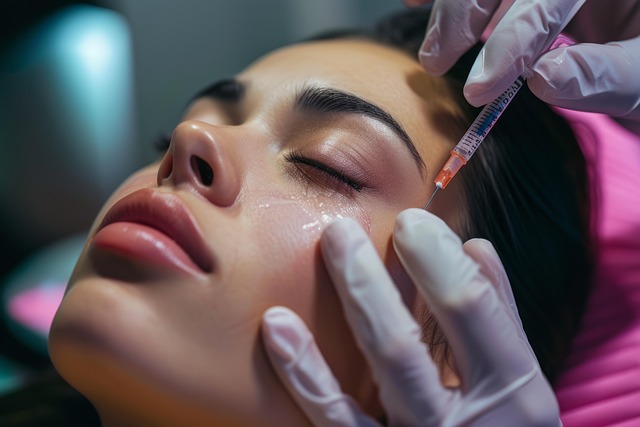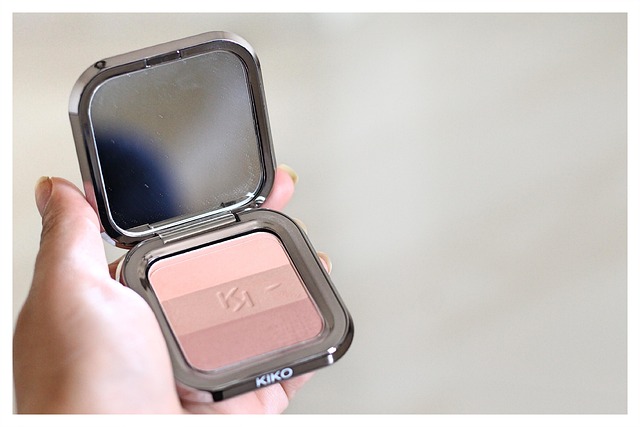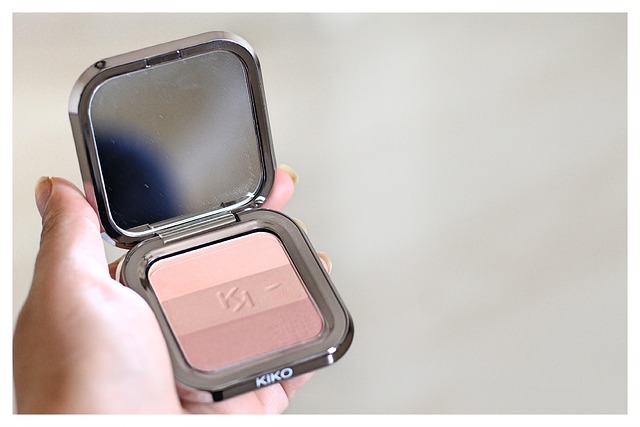Botox for facial contouring is a non-surgical procedure using botulinum toxin (Botox) to target specific facial muscles, temporarily paralyzing them and smoothing dynamic lines. Ideal for subtle yet effective adjustments, it offers quick recovery and highly customizable treatments for natural-looking results. The process involves consultation, preparation, precise injections into muscle groups, and post-treatment care to minimize swelling and bruising. Finding the right dose based on individual factors ensures optimal results. Potential side effects include bruising and mild discomfort, with rare severe reactions requiring medical attention. Results from cheek and jawline contouring last up to 4 months, needing regular top-up treatments every 3-6 months.
“Discover the transformative power of Botox in achieving seamless cheek and jawline contouring. This innovative procedure offers a non-surgical alternative for redefining facial features. In this comprehensive guide, we explore the science behind Botox for facial contouring, its numerous benefits, and step-by-step procedures to ensure optimal results. Learn about dosage considerations, potential side effects, and recovery tips, empowering you with all the knowledge needed to embark on your journey towards a refined and rejuvenated look.”
Understanding Botox for Facial Contouring

Botox for facial contouring is a non-surgical aesthetic procedure that has gained significant popularity in recent years. It involves injecting botulinum toxin (commonly known as Botox) into specific muscles in the face, particularly those around the cheeks and jawline. This treatment works by temporarily paralyzing the muscles, which leads to a reduction in dynamic facial lines and changes in overall facial shape. By smoothing out these muscle movements, Botox can create a more chiseled and defined look, enhancing natural features and providing a refined contour.
This procedure is ideal for individuals seeking subtle yet effective adjustments to their facial structure. It offers a minimally invasive approach to contouring, allowing patients to achieve desired results without extensive surgery or lengthy recovery periods. Moreover, Botox treatments are highly customizable, as experts can tailor the amount of injectables to suit individual needs and preferences, ensuring natural-looking outcomes.
Benefits of Using Botox for Cheek and Jawline Shaping

Botox for facial contouring, particularly targeting the cheeks and jawline, offers a non-surgical approach to redefining facial features. This procedure has gained popularity as a natural way to enhance one’s appearance without drastic measures. By injecting Botox into specific muscles, a trained professional can subtly relax them, leading to a slimmer cheek and jawline. The result is a more defined and chiselled look that many find aesthetically pleasing.
One of the key benefits of this technique is its ability to provide immediate yet temporary effects. As Botox wears off after several months, it allows individuals to maintain their natural beauty while enjoying subtle enhancements. This makes it an ideal choice for those seeking a more balanced and refined facial structure without committing to permanent changes.
The Procedure: Step-by-Step Guide

The Procedure: Unlocking Your Ideal Cheek and Jawline Shape
Botox for facial contouring, particularly focusing on the cheeks and jawline, is a non-surgical aesthetic treatment that has gained immense popularity. This procedure involves the strategic injection of Botox into specific muscle groups to achieve a slimmer, more defined look. Here’s a simple step-by-step guide:
1. Consultation: Begin by meeting with a qualified dermatologist or certified estetician who specialises in Botox treatments. They will assess your facial structure, discuss your desired outcome, and determine the appropriate treatment plan, considering factors like skin type, bone structure, and muscle mass.
2. Preparation: Before the procedure, avoid certain medications and supplements that may increase bleeding risk. Your specialist will provide specific instructions to ensure optimal results and minimize discomfort.
3. Injection Sites: The practitioner identifies key areas for injection, targeting muscles responsible for facial movement, particularly around the cheeks and jawline. Fine needles are used to inject Botox, which relaxes the muscles, preventing them from contracting and causing volume loss.
4. Post-Treatment Care: After the injections, mild swelling or bruising may occur, typically subsiding within a few days. It’s essential to follow post-treatment instructions, including avoiding strenuous activities and certain facial movements for a specified period.
Choosing the Right Dose and Areas to Target

When considering Botox for facial contouring, particularly on the cheeks and jawline, finding the right dose is crucial. The amount of Botox injected depends on various factors, including your desired level of definition, natural bone structure, and skin thickness. A skilled aesthetic professional will assess these elements to determine an optimal dosage that enhances your features without appearing artificial or overdone.
Targeting specific areas is key. For cheek contouring, injections are typically placed at the zygomatic bones (the bones on either side of your jaw) to lift and define the area. On the jawline, focus on points where you want to slim or soften the appearance, often along the mandibular line (the edge of your lower jaw). Customizing the treatment to your unique facial map ensures natural-looking results in terms of both symmetry and proportion.
Potential Side Effects and Common Concerns

Botox for facial contouring, particularly in the cheeks and jawline areas, has gained popularity as a non-surgical aesthetic procedure. However, like any medical treatment, it comes with potential side effects that individuals should be aware of before undergoing such a treatment. Common temporary issues include bruising, swelling, and mild discomfort at the injection sites. These usually subside within a few days. In rare cases, patients may experience more severe reactions, such as difficulty swallowing or breathing, which require immediate medical attention.
Another common concern revolves around asymmetry and uneven results. Since Botox relaxes muscles, improper administration can lead to facial imbalances. Skilled practitioners meticulously inject the toxin to avoid these issues, but it’s a fine line to walk. Additionally, there’s always the risk of over-injection, resulting in a frozen or rigid appearance, which is often temporary but can be challenging to reverse if desired. Understanding these potential outcomes and discussing them openly with a qualified practitioner is essential before opting for Botox for facial contouring procedures.
Recovery, Results, and Maintenance Tips

After your Botox for facial contouring treatment, it’s important to be aware of the recovery process. You may experience some temporary redness or swelling in the treated areas, which is usually subtle and subsides within a few days. It’s crucial to follow your healthcare provider’s aftercare instructions, including staying hydrated and avoiding strenuous activities for the first 24 hours. Most people resume their normal routines within a day or two, but it’s recommended to schedule some downtime to ensure proper healing.
When it comes to results, Botox for cheek and jawline contouring can dramatically redefine facial features. The effects typically appear within 2-7 days, with the full outcome visible after about 1-2 weeks. These results can last for up to 4 months, offering a non-invasive solution for enhancing your natural beauty. To maintain these contours, regular top-up treatments are suggested every 3-6 months, depending on muscle activity and individual metabolism. Consistent care ensures the longevity of your desired facial shape.
